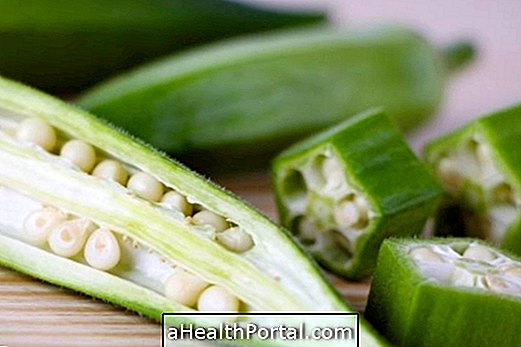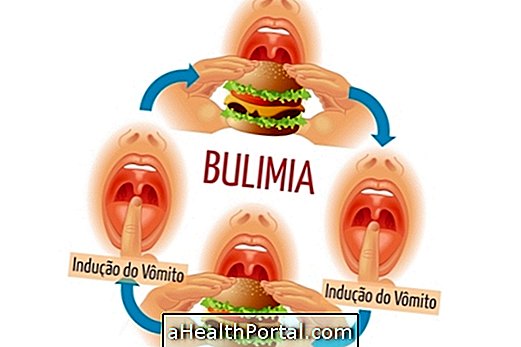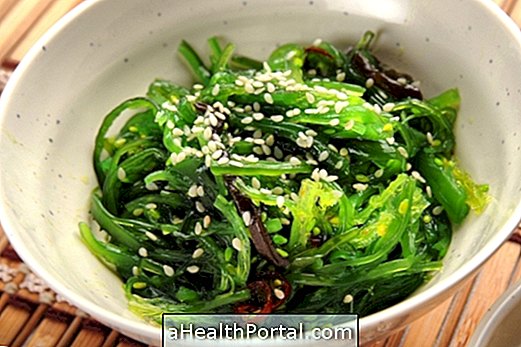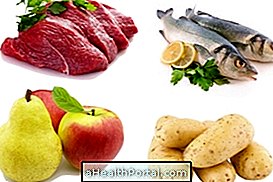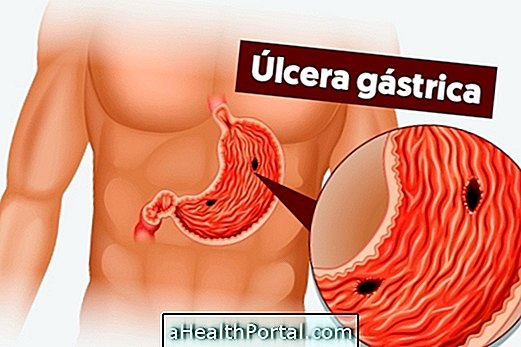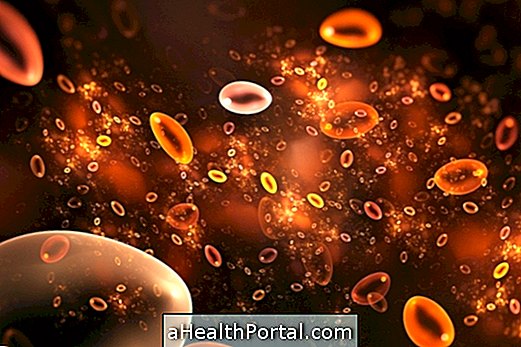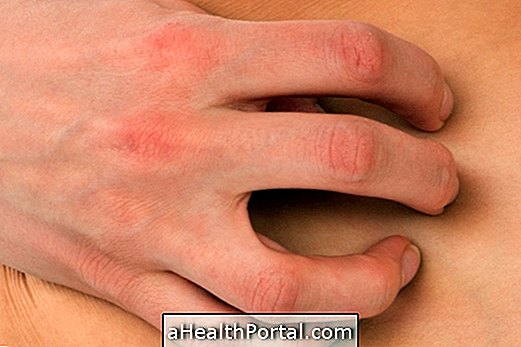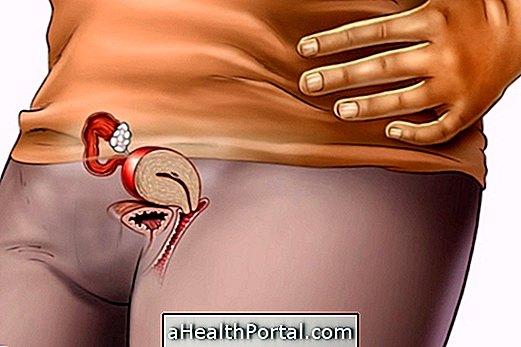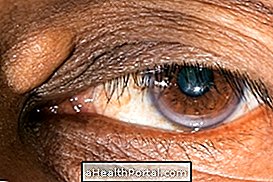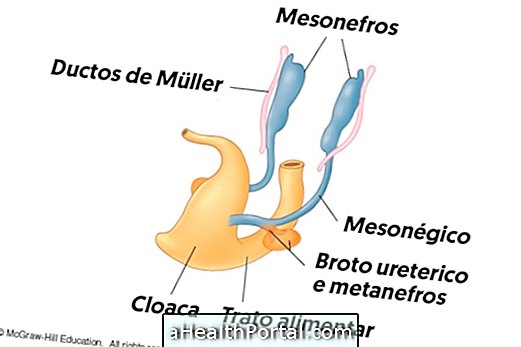The Macrobiotic Diet has a strong vegetarian base and aids in weight loss because it stimulates consumption of so-called neutral foods, such as brown rice, vegetables, fruits and seeds, which have low calories and promote satiety. On the other hand, one should avoid foods with strong Yin and Yang energy, such as meat, sugar and alcohol.
In addition, this diet associates the benefits of food with the effects it brings on the mind, emotions and physiology of the body, combining changing eating habits with changes in lifestyle as a whole.
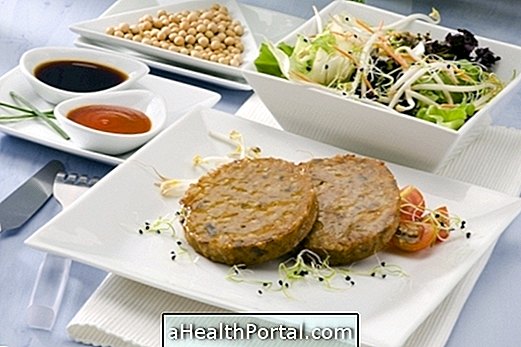
Foods allowed
Foods allowed in the diet are those that contain neutral energy, not having Yin or Yang for body and mind, such as:
- Whole grains: oats, brown rice, whole noodles, quinoa, corn, buckwheat, millet;
- Legumes: beans, lentils, chickpeas, soybeans and peas;
- Roots: sweet potato, yam, macaxeira;
- Vegetables ;
- Seaweeds ;
- Seeds: chia, sesame, flaxseed, sunflower, pumpkin;
- Fruits .
Some animal products may also be consumed less frequently, such as whitefish or poultry that have not been bred in captivity. See the differences between vegetarian diets.
Forbidden foods

Forbidden foods have strong Yin and Yang energy, leading to imbalance of body and mind, and so should be avoided. Among them are:
- Meats: red meat, poultry bred and dark fish such as salmon;
- Milk and dairy products such as cheeses, yoghurts, curd cheese and cream;
- Beverages: coffee, caffeinated tea, alcohol and energy drinks;
- Others: sugar, chocolate, refined flour, very spicy peppers, chemicals and foods with preservatives.
Yin foods, such as oats, corn and pepper, are cold and passive, already Yang foods. like shrimp, tuna and mustard, are salty, hot and aggressive.
How to prepare food
Food cooking should be done in little water, to maintain maximum nutrients and energy of vegetables, and it is forbidden to use microwaves and electric cookware.
In addition, you should try to make the most of the food, avoiding to remove peels and seeds that can be consumed. The use of seasonings should also be moderate so as not to increase thirst and get the most of the natural flavor of food.

Other precautions to follow Macrobiotic Diet
In addition to the choice of food, other care should also be taken to maintain the balance of the diet, such as being concentrated during the meal, being eaten and chewing the food well to aid digestion.
In addition, the dish should consist mainly of cereals such as brown rice, quinoa and whole noodles, followed by legumes such as beans and peas, roots such as sweet potatoes, vegetables, seaweed, seeds and 1 to 3 fruits throughout the day.
Deita Macrobiotic Menu
The following table provides an example of a 3-day macrobiotic diet menu:
| Meal | Day 1 | Day 2 | Day 3 |
| Breakfast | almond milk with 3 tablespoons granola without sugar | Chamomile Tea with Ginger + Whole Rice Cookies and Whole Peanut Paste | almond milk with homemade brown bread |
| Morning snack | 1 banana + 1 tablespoon of oatmeal | 2 slices papaya with 1/2 col de linseed flour | 2 tablespoons pumpkin seeds |
| Lunch dinner | Brown rice cooked with seaweed, mushrooms and vegetables | Grilled sea bass with grilled vegetables and olive oil | Vegetables soup |
| Afternoon snack | Soy yogurt with whole-grain crackers and sugar-free jelly | homemade bread with tofu and tea | Fruit salad with oatmeal |
It is important to remember that every diet should be done with a nutritionist's supervision, respecting the life stage and the nutritional needs of each individual.
Disadvantages and Contraindications
Because it is a diet that restricts many food groups, such as meat and milk, the Macrobiotic diet can end up leading to nutritional deficiencies, and should be directed by a nutritionist to achieve a better balance for health.
In addition, it is contraindicated for pregnant women, children and people who are recovering from serious diseases or surgeries, as it can hinder growth and body development or impair recovery of the body.
